A few weeks back I pulled an Atlas N scale GP30 locomotive off the back burner to see why it had been sitting there for so long. It turned out the problem was with the decoder, or more precisely, the decoder installation. The first decoder had served well for nearly a quarter-century, but it finally died, and I’d failed twice in trying to wire a replacement.
A little N scale decoder history. This was an early-’90s locomotive from back in the day when decoders had to be hardwired. Those of you who’ve never experienced hardwiring an N scale decoder probably have no idea what I’m talking about – consider yourselves lucky.
To make room for the decoder and wires, you had to mill or file the frame. I always left this job to Aztec, a company that did it professionally for $20. You mailed them your stock frame, meaning of course you had to take the engine completely apart, not an easy task. In addition, there was a small thumbnail-sized light board at each end of the frame, and you had to modify one of them and solder three or four connections. Your margin for error was zero. I’m shivering just thinking about it.
On my first attempt to replace the broken 20-year-old decoder, the taillight exploded, followed shortly by a growing black spot on the orange plastic decoder wrapper. On my second attempt, I broke the light board by ramming and jamming it so hard trying to get it into the frame. Patience must have been lacking that day.
Those old-style light boards are no longer available, and I was weighing some options when a thunderous voice in my head spoke: “No more. Thou shalt never hardwire another locomotive, not ever!” Hardwiring decoders had whipped me. Back in the day my success rate on these installations was probably about 85 percent, but in the last several years it’s probably been no better than 50. My Friday lunch companions can attest to my whining about my decoder installation woes.
Reasonable readers might ask, “Why not just retire the locomotive? You’ve certainly gotten your money’s worth.” Well, the answer is that this is one of my handful of locomotives that was detailed specifically for the Santa Fe and weathered.
Atlas Classics to the rescue. Atlas has rerun the GP30s several times over the years in its Atlas Classics line with improvements with each new release. For the Santa Fe, these included handrails cast in yellow plastic instead of black. (Beyond the inconvenience, painting already-plump N scale handrails makes them even fatter.)
Also, the newer models had numbers on the number boards, eliminating the need for another really tedious job. At some point Atlas introduced its slower-speed motor. And you could buy the newer models DCC-ready, or even with DCC decoders already installed!
I’d purchased a pair of the decoder-equipped Atlas Classic GP30s some 15 years ago, and was finally taking them out of the boxes and putting them onto the track. After all that time it took a little persuasion and gear grease to get them going, but soon they were running great. “Hmm,” I’m wondering if my older, detailed body shell will fit on this newer frame. It did, perfectly.
I could have my detailed and weathered GP30 back in action, but I’d also have an ATSF body shell with nowhere to go. I decided to keep the newer engine intact and shop for a new, decoder-ready mechanism for my old shell.
Actually I shopped for two. One for 2713, the engine I’ve been talking about, plus one for 2776, its stablemate bought and detailed at the same time. Its decoder was still working well, but lacked some of the features and precision of the newer ones, mainly the ability to program on the main, a feature I’ve come to really enjoy.
A visit to Hiawatha Hobbies’ website (www.hiawathahobbies.com) revealed it had two undecorated DC Atlas Classics GP30s in stock and sale-priced. The shop is in nearby (for me) Waukesha, Wis., so soon I had the two models and two Digitrax plug-and-play decoders in hand.
Buyer beware. The first installation went well, although I had some difficulty working the two motor clips up into the slits provided in the decoder board. (I didn’t have to do this. The decoder will work fine if the clips make good contact on the pads the slits are cut into.) Anyhow, my old locomotive was now all new under the hood! And it was even prototypical. The Santa Fe was rebuilding lots of engines in the early 1980s.
I turned to the second undecorated engine. What the heck? It had the old-style frame that required milling. I’d
assumed the two locomotives were identical, and I’d assumed wrong. I should’ve looked over the box before buying. Old number 2776 will just have to carry on a while longer.





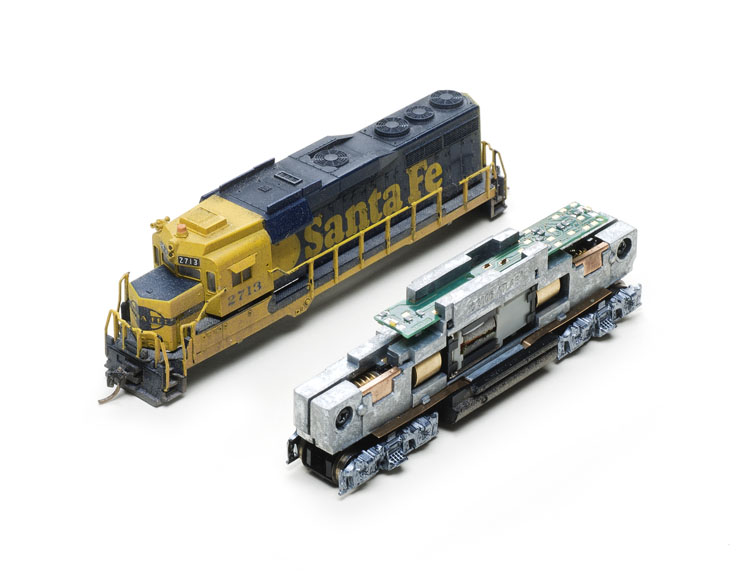

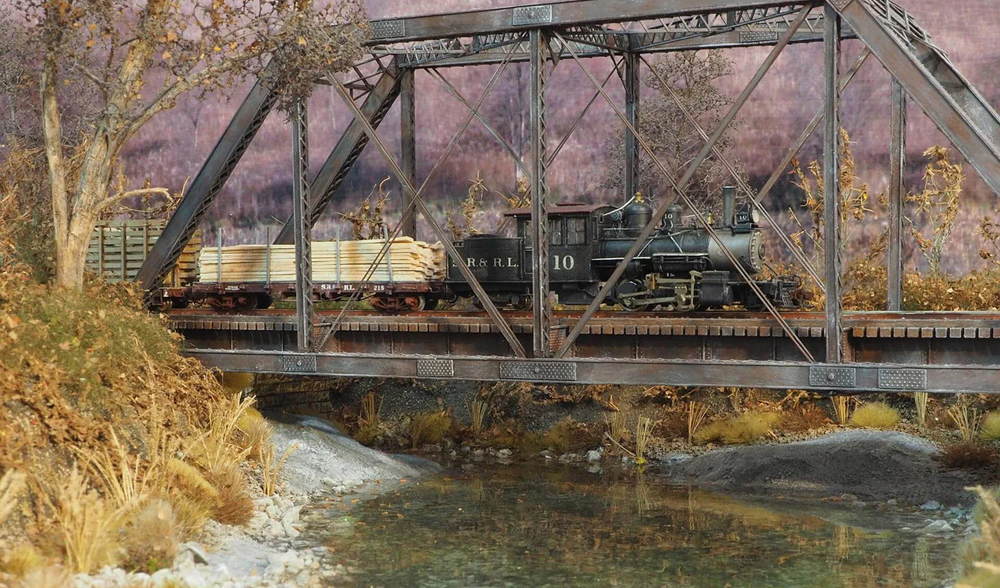
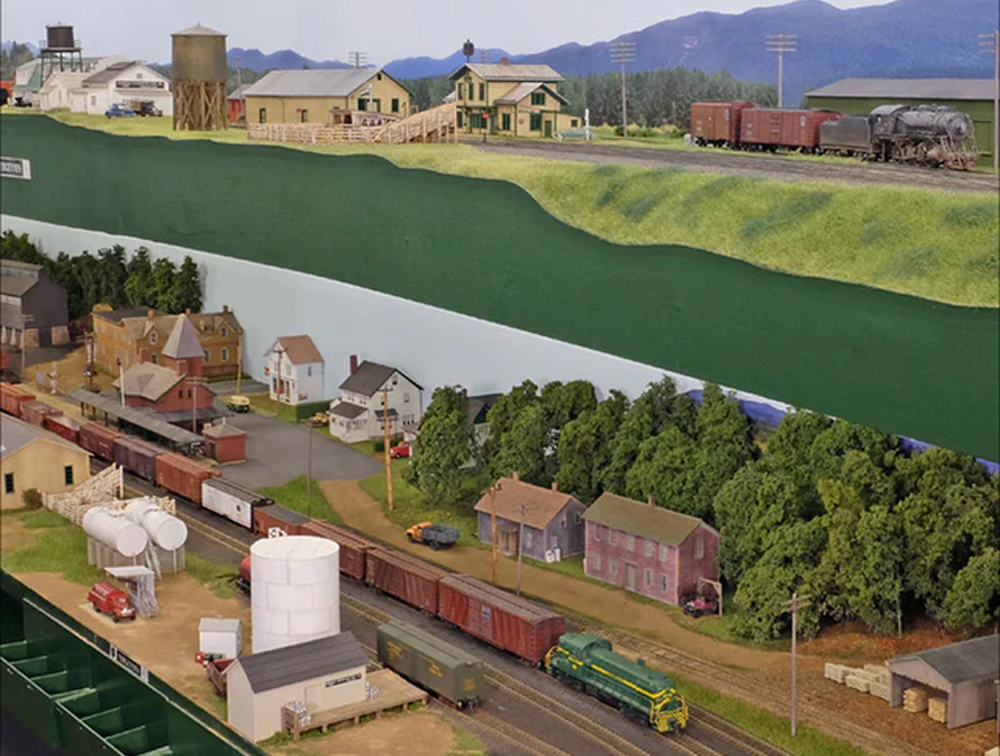
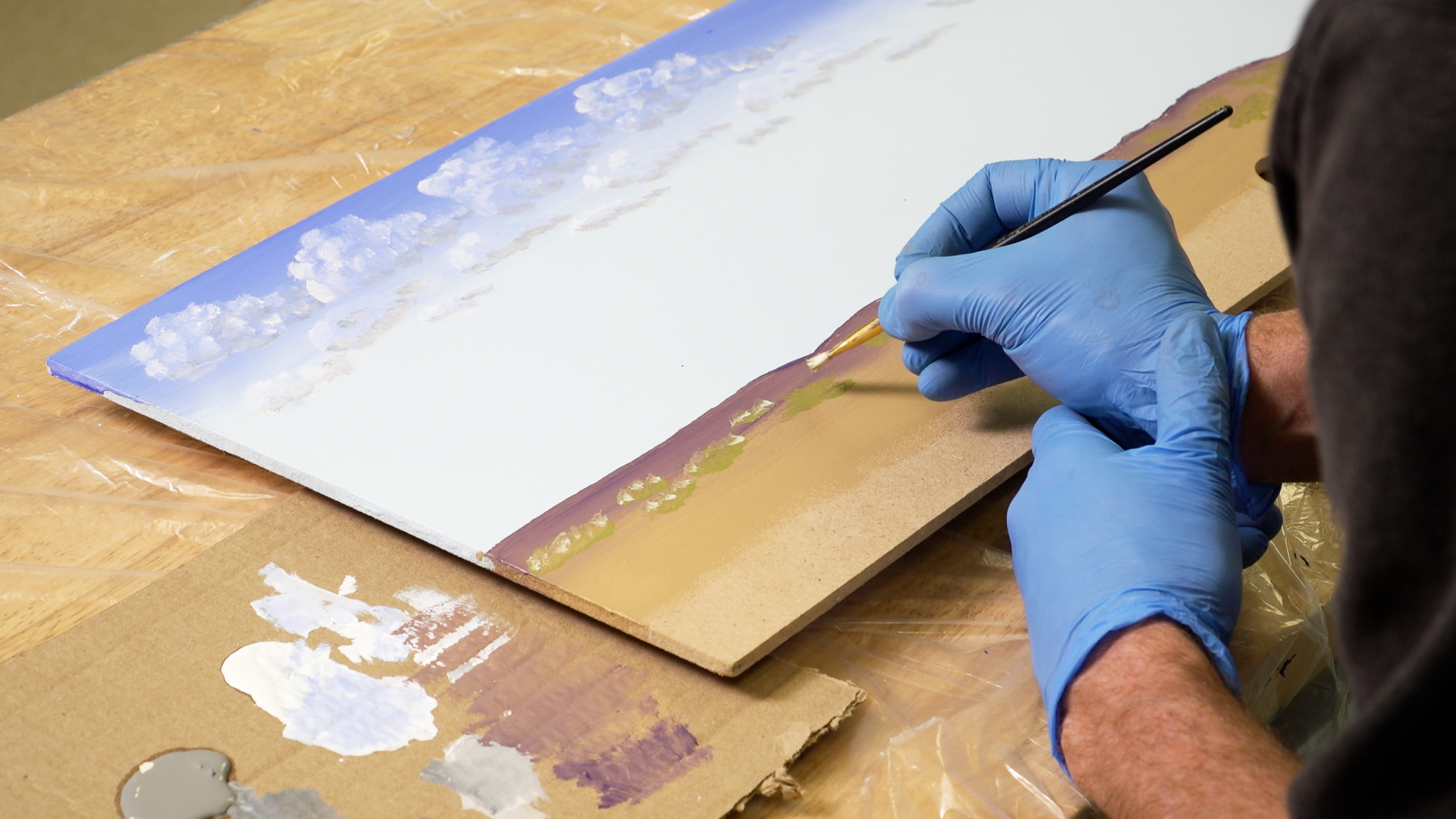
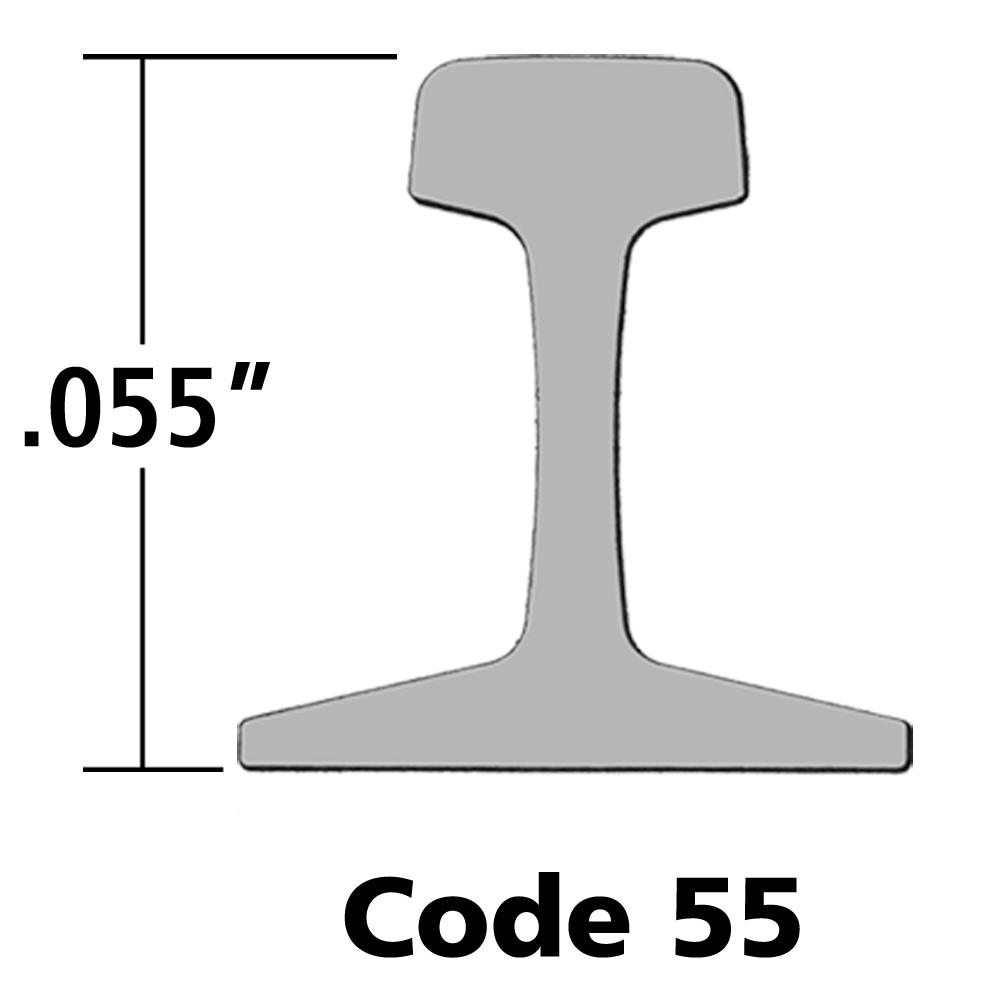
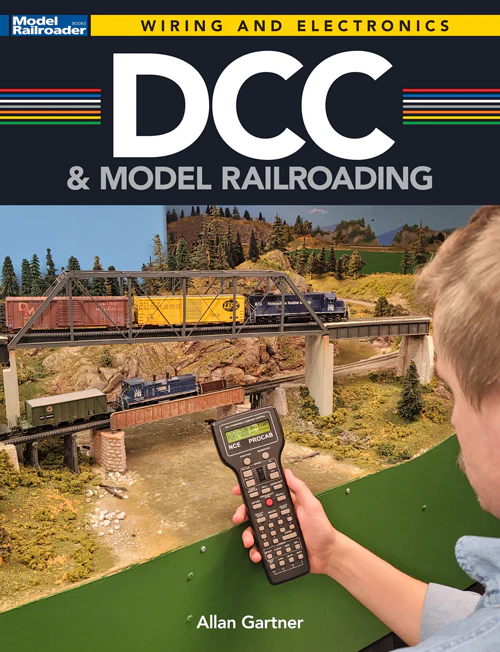

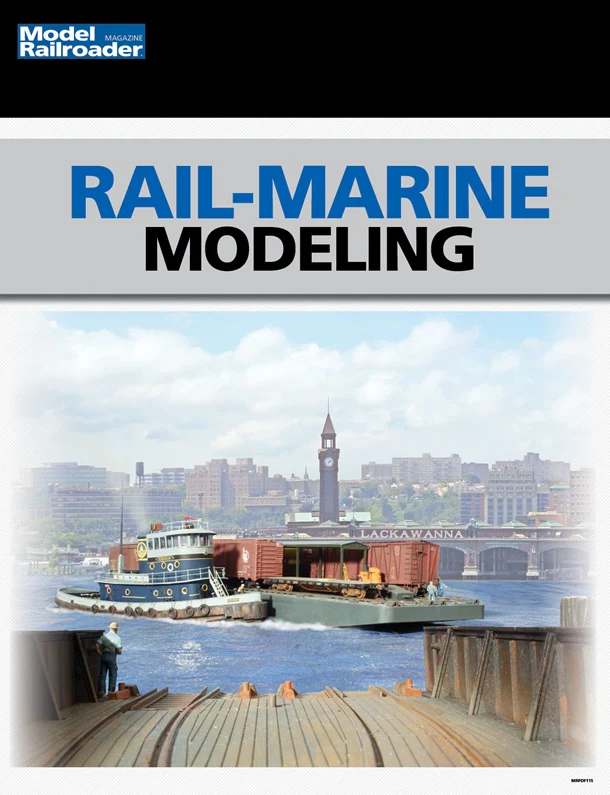

You can still get the DCC ready frames from the Atlas parts store.
9461102, GP 30/35 Mainframe – right https://shop.atlasrr.com/p-4012-n-gp-30-35-mainframe-right.aspx
9461101, GP 30/35 Mainframe – left https://shop.atlasrr.com/p-4011-n-gp-30-35-mainframe-left.aspx
Hey Jim,
Another great article, keep em’ comin! I could really identify with the subject of this one, having hard wired a few older Atlas, Atlas/Kato and Kato locos myself. There is a real knack to it, but if done carefully, step by step, then hard wiring a TCS CN/GP decoder to these older locos is the most economical way to go about it. Having said that, some batches of their decoders leave a lot to be desired, in the way of quality control, but they seem to be getting better! And you really can’t go past these older locos for sheer pulling power, ease of assembly, and durability. It would be nice to see more re runs of these older models with upgraded DCC friendly mechs, shells and paintwork. Maybe new SP SD40/45s with complete, working full light packages, and with sound. Now that would be something to see, grinding their way up the loop on your layout!! We’ll keep hoping….. thanks again Jim!
Trev from downunder
I feel for you Jim. I remember doing the same thing from scratch wiring up a Atlas GP38-2 right down to the ditch lights, and roof beacon and yes… will never do that again. Today it also still runs, but thanks to Aztec it took a lot of misery away when I got around to the older Alco’s. I am also glad that Atlas does have those interchangeable frames, that makes the job real easy. Thanks for the article, it brought back a few good old memories where sometimes a little bad language also helped the cause. :):)